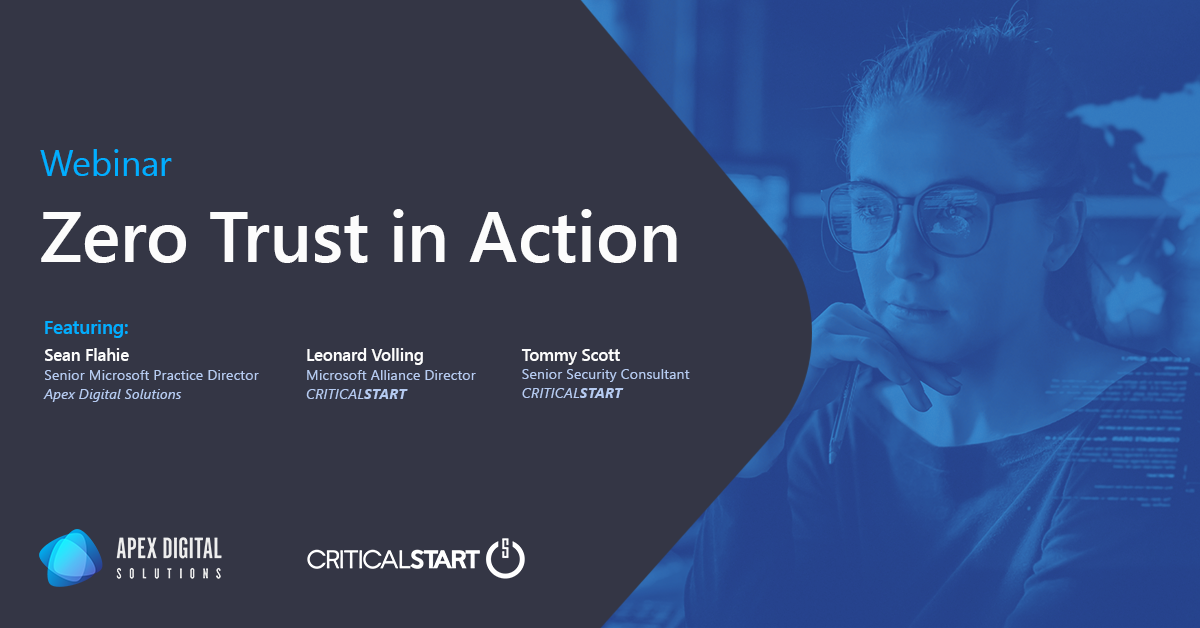Cyberthreats are becoming more prevalent every year. As organizations around the world have embraced the hybrid work transformation, cybercriminals have continued to adapt and discover new ways to breach security environments.
Phishing is still responsible for almost 70% of data breaches and ransomware attackers continue to raise the stakes by not only doubling or tripling their payout terms when extorting victims, but some are beginning to offer ransomware-as-a-service (RaaS). With RaaS, a partner network carries out the attack, making it difficult to determine who the original culprit is. Finally, many cybercriminals are targeting on-premises systems, underlining the need for business leaders to move their infrastructure to the cloud.
Most cyberattacks can be prevented by practicing basic cybersecurity principles within your security environment. By applying the following fundamental security best practices, you can help prevent cybercriminals from compromising your data.
Before we begin, it is important to understand that these principles are rooted in a “Zero Trust” security model. Developing a Zero Trust security strategy is essential to securing a modern workforce.
Get Started with Microsoft Security
Apex’s Microsoft Security Workshops provide a current system analysis and a detailed plan for a protected workforce.
A Zero Trust model says, “Never trust, always verify.” With a Zero Trust approach:
- Every access attempt is explicitly verified. – You cannot trust a single device, nor a user attempting to access your network. You must use all available data to always verify that they are who they say they are.
- Users and admins have least privilege access – Develop strong governance policies by limiting user access with just-in-time and just-enough-access, risk-based adaptive polices, and data protection.
- Assume a breach has already occurred – Have the mentality that the attacker is already in the network by segmenting access by network, user, devices, and app awareness.
Now that we understand this concept, here are 4 basic principles to help better protect your hybrid workforce:
You knew this one was coming.
For a handful of years, enabling multi-factor authentication (MFA) has been a top recommendation for cybersecurity best practices. This is because most data breaches can be curbed by turning on this one simple feature. A 2019 study conducted by Microsoft showed that 99.9% of attacks can be blocked with multi-factor authentication.
In a previous version of this article, we highlighted how having good password hygiene was essential, and it’s true; having a strong password is essential, but we should operate as though cybercriminals already have access to them. Enabling MFA gives peace of mind that even if your CFO’s credentials are compromised, the attacker will not be able to breach the environment.
Enabling the added use of biometrics also ensures strong authentication of a user’s identity, making it even more difficult for a criminal to successfully breach your data.
Learn how to align your people, processes, and technology to a Zero Trust security model by viewing the webinar recording for “Zero Trust in Action.”
Unmanaged devices are an easy entry point for bad actors. Because of this, it is essential for your enterprise security that only healthy devices have access to corporate applications and data.
It should be a condition of access to any company resource (laptops, desktops, mobile devices, workplace apps, etc.) that they meet a minimum healthy device state before being validated. This can be done by enrolling your devices in a device-management system such as Microsoft Intune.
Making sure that the patching process is regularly scheduled and understood by the end users is another way to ensure devices are consistently protected with the most recent updates and protective fixes.
Forrester Research estimates that 80% of data breaches involve privileged credentials. No matter how technically competent or trustworthy a user is, there is always the risk of their credentials leaking, meaning that any applications, processes, systems, and devices that they have access to are now compromised.
Every program and every user of the system should operate using the least set of privileges necessary to complete the job. This is known as the “Principle of Least Privilege (POLP).” By applying this principle you reduce the risk of intentional and unintentional data leaks, as well as malware infections like ransomware, because the user will not have the permission to install it.
It is also important to consistently monitor what roles and systems users have access to by creating an auditing schedule.
It is vital to make sure that everyone in your organization feels empowered with these security changes. If you keep them in the dark, they will do whatever they can to find a way to work around it, circumvent it, and ultimately become frustrated. This could impact their productivity and ability to do their job. Don’t leave your employees in the dark along the way; conduct training sessions and provide them with the necessary resources and instructions to keep them informed along the way.
It may sound cynical, but you must always assume that your organization is being targeted by somebody, whether directly or not. By applying Zero Trust security principles you can help prevent your people, data, and business from breaches.
Apex’s Microsoft Security Workshops can help you strengthen your organization’s security posture. Workshops include a threat check analysis of your environment, overview of Microsoft 365 security features, and actionable recommendations including a deployment plan for a protected and secure workforce. Additionally, workshops are conducted at no-cost to eligible customers through Microsoft programs. Learn More. >


